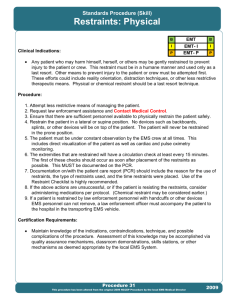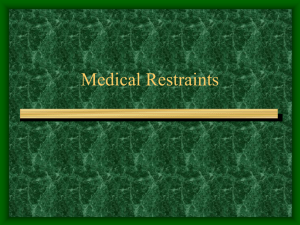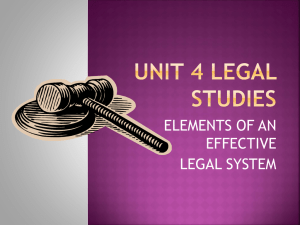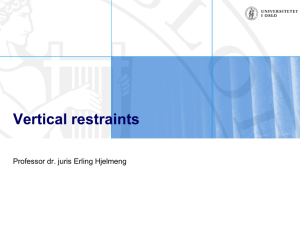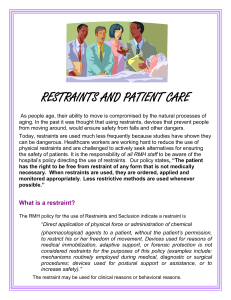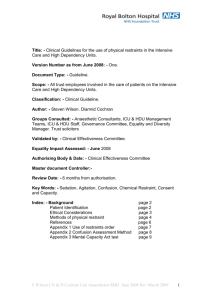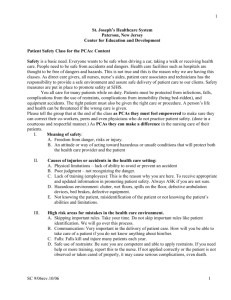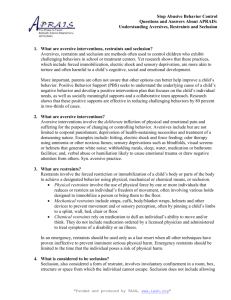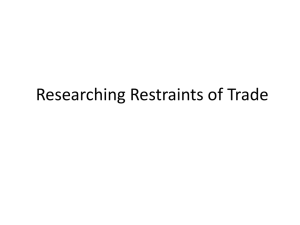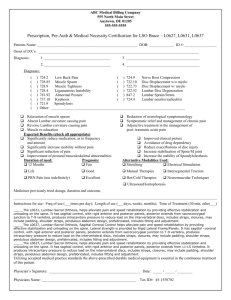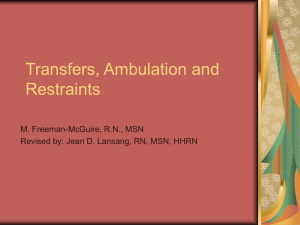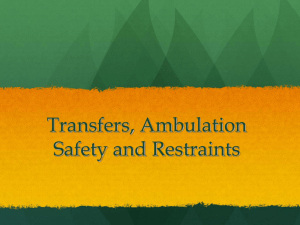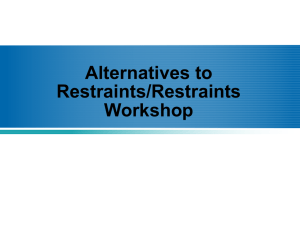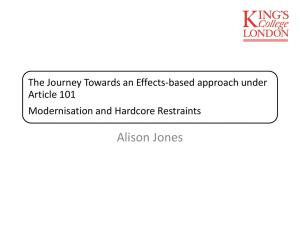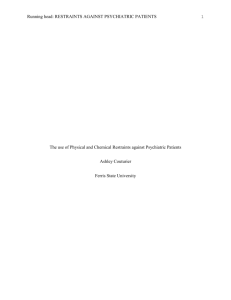Secure Cargo and Load Restraint
advertisement
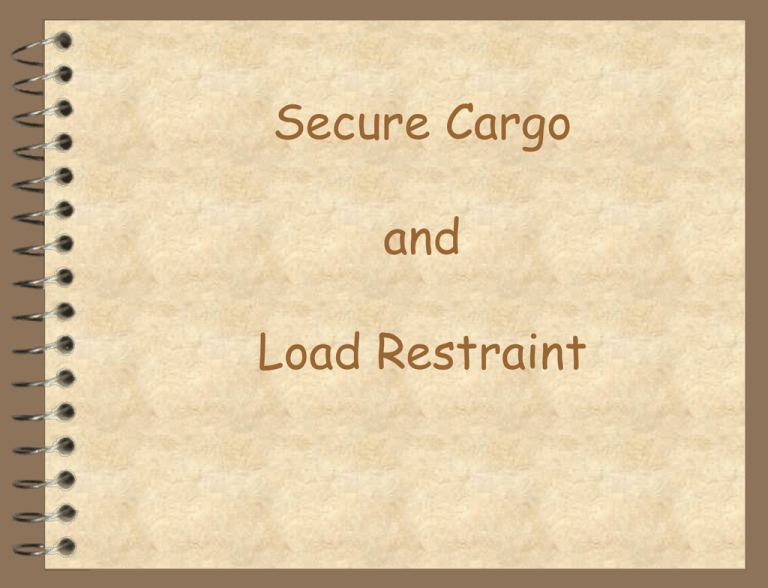
Secure Cargo and Load Restraint Introduction This section will discuss several types of load restraint but will not attempt to cover all of the available options. All loads need to be secured to prevent injury and harm to other road users and the environment. The law – The law requires that all items in a load be restrained in a manner which applies a downward pressure on the item. – If longer items in the load, such as pipes, are loaded above smaller items, maybe a pallet of pipe fittings, then the pallet of fittings must have a load restraint placed across it to apply a downward pressure. Restraints – There are several types of restraints – Rope - for smaller items, not requiring a lot of pressure – Straps - where a moderate amount of pressure is required – Chains - where the maximum amount of pressure is required Restraints (cont’d) – Ropes might be used for items like boxes of hats, or coils of irrigation tubing – Straps which are sometimes called tie downs, tie straps, cargo straps, E-track straps or winch straps, might be used for items like PVC pipes, pallets of bricks and general cargo. Restraints (cont’d) – Chains are most commonly used to restrain items such as steel pipes, steel plate, concrete piles and beams for road bridges – They are also used for securing items like houses and other vehicles - such as earth moving equipment Using restraints – most restraints have one end secured to the tie-down rail on one side of the vehicle, prefferably the drivers side – the restraint is then passed over the load and secured on the tie-down rail on the passenger’s side of the vehicle by some mechanism that will allow the user to apply pressure Using restraints (cont’d) – although not required by law to have the tensioning mechanism on the passenger’s side, it is a sensible position if the driver needs to adjust the tension during the journey – to secure the driver’s side • most will use a double half hitch – and on the passenger’s side most drivers quickly learn to use a single or double ‘truckie’s hitch’ Using restraints(cont’d) – when using straps, most are secured on the passenger’s side by means of some form of ratchet device - the two most common forms of ratchet devices being barrel ratchets and hand ratchets – straps are secured on the driver’s side by means of a hook which is attached to the tie down rail Using restraints(cont’d) – barrel ratchets come in two varieties – there are those that are contained within a track beneath the tray of the truck and another variety which sits on the tie down rail – both may be positioned along some length of the tray depending on the number available Chains – you can see chains being used on loads like logs being taken to the sawmill – or demountable accommodation, often seen on tilt trays Chains and dogs Another view The End – Because of the limited amount of time allocated for this presentation we could only cover a small subset of the restraints used for securing loads – if you would like to see an expanded version of the material starting on page 29 of your grey book, go to this address on the net – http://www.scribd.com/doc/39520889/LoadRestraint-Guide-2nd-Edition-2004
